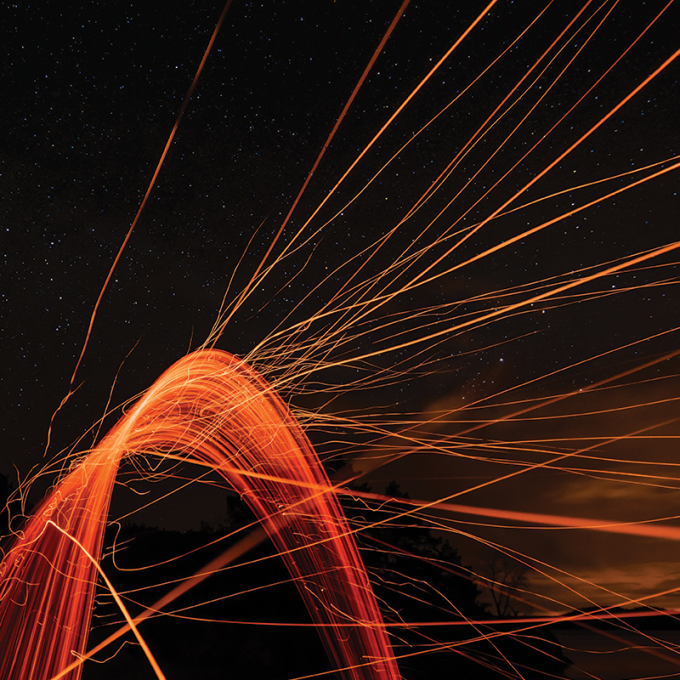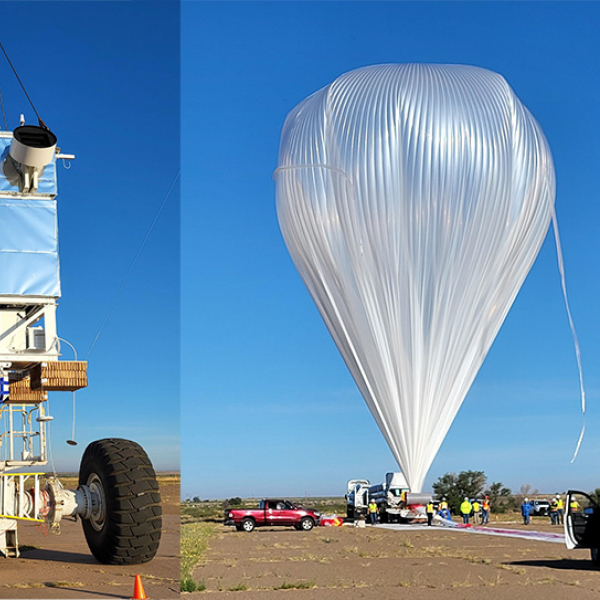Professor Krawczynski works on experimental and theoretical astroparticle physics. His work aims at revealing the inner workings of astrophysical black holes, and using black hole and neutron star observations for testing the theory of General Relativity and the Standard Model of Particle Physics in regimes not accessible in terrestrial laboratories.
Krawczynski is the Principal Investigator of the balloon-borne XL-Calibur polarimetry mission. X-Calibur studies the polarization of hard X-rays from mass accreting black holes and rotation and accretion powered neutron stars. The experiment was flown in 2022 from Esrange, Sweden. Krawczynski is furthermore a member of the science team of the Imaging X-ray Polarimeter Explorer (IXPE) - a NASA mission targeting black holes and neutron stars which was launched on Dec. 9, 2021. Click here for free online access to the Science paper “Polarized x-rays constrain the disk-jet geometry in the black hole x-ray binary Cygnus X-1” by Krawczynski, Muleri, Dovčiak, Veledina et al. (2022).
In his lab, Krawczynski works on the development of cryogenic and semiconductor X-ray and gamma-ray detectors for future NASA missions. He collaborates with scientists at the National Institute for Standards and Technology (NIST, Boulder, CO) on the development of cryogenic microcalorimeter arrays read out by Transition Edge Sensors, and with scientists at the Brookhaven National Laboratory on the development of hybrid Cadmium Zinc Telluride detector and Application Specific Integrated Circuit (ASIC) packages.
Both types of detectors can be in the focal plane of a future hard X-ray imaging spectroscopy mission. One of the missions is a hard X-ray imaging spectroscopy mission following up on the NuSTAR mission, and another one is a 511 keV gamma-ray telescope that can study 511 keV gamma-rays from dark matter annihilation at the center of our Milky Way galaxy.
On the theoretical side, Krawczynski studies general properties of radiation processes, the observational appearance of black holes (based on General Relativistic ray tracing studies) and gravitationally lensed black holes, and on models describing the continuum emission from the ultrafast outflows of mass accreting black holes.
Henric Krawczynski is one of four founding members of the Washington University Center for Quantum Leaps and a member of the Washington University McDonnell Center for the Space Sciences.






